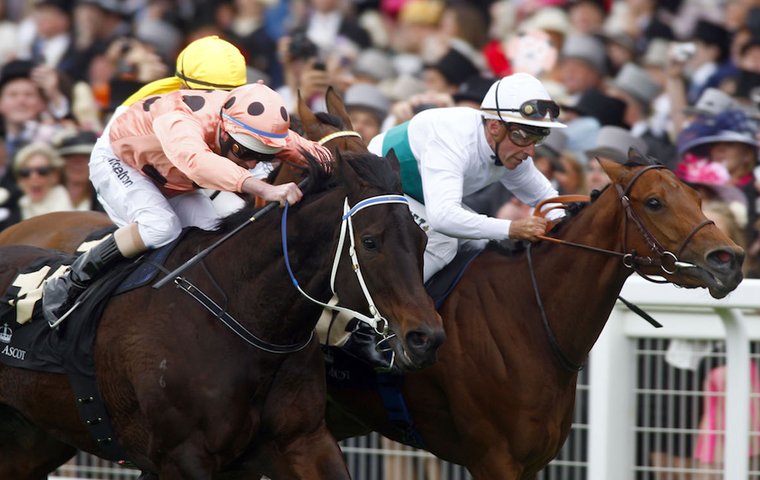
With the most prestigious meeting of the British racing calendar upon us, JA McGrath looks ahead to the five-day jamboree – and talks to Black Caviar’s trainer Peter Moody about his memories of the greatest Royal Ascot of them all
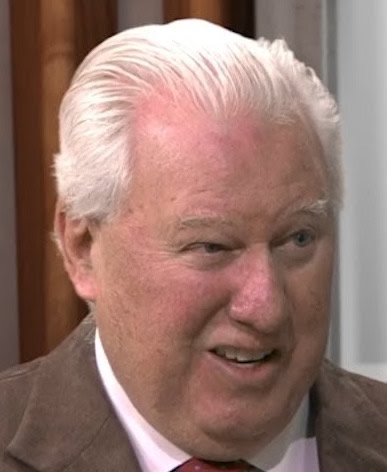 Fancy getting glammed up for a special day out? Like a few drinks in the rarefied atmosphere of a quintessentially English garden party, at one of the world’s great sporting venues?
Fancy getting glammed up for a special day out? Like a few drinks in the rarefied atmosphere of a quintessentially English garden party, at one of the world’s great sporting venues?
Then, make your way this week to a small pocket of Berkshire, 25 miles west of London, for a superb racing carnival that leaves the others trailing and ailing in its wake.
Royal Ascot is the highlight of the Flat racing calendar in Britain. Five days, 35 races, lavish lunches, formal dress, a public singalong around the bandstand at the end of the day, picnics and drinks in the car parks late into the night at a uniquely British occasion that trades on its royal patronage and provides something special for everyone.
All the above are hugely important social elements that enhance rather than dominate. It is the racing that truly sets this meeting apart. The horses, the champions, the jockeys, great owners and trainers … they are all there.
Eight G1s, at distances ranging from five furlongs to 2½ miles, 12 handicaps including the Royal Hunt Cup and the Wokingham Stakes, and six quality two-year-old races. The elite of the three-year-olds, the sprinters, the stayers and the best middle-distance horses. Huge fields, as many as 30 runners in some on the straight course, are a feature.
This week’s headline act – arguably – comes early with the clash of Guineas winners from England, Ireland and France (Notable Speech, Rosallion and Metropolitan) in Tuesday’s St James’s Palace Stakes, while Thursday’s Ascot Gold Cup, in which 2022 winner Kyprios attempts to win back his stayers’ title, is another fascinating feature of the week.
With the champions and the great races come the memories. I am fortunate to have been attending Royal Ascot in my capacity as a racing journalist for the past 50 years. My first royal assignment came in 1974 when I was sent by the Hong Kong-based newspaper, the China Mail, to report on what were then four days of the meeting. Back then, Saturday was known as the Heath meeting, with a rather less exalted programme and no formal dress necessary.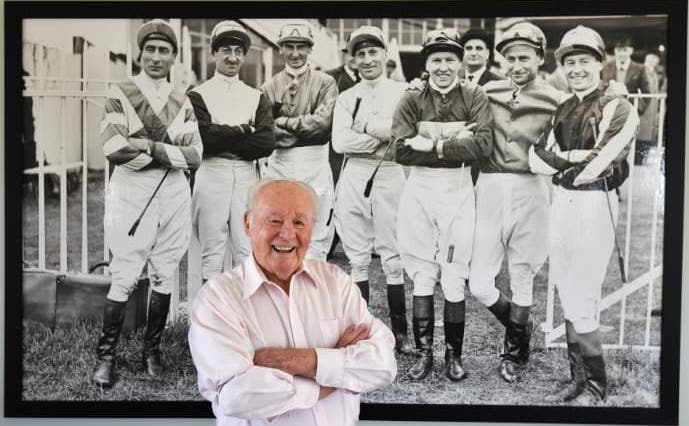
My first year started on a dramatic note with the triple disqualification of the first three horses to cross the line in the Queen Anne Stakes – ridden by Pat Eddery, Mick Goreham and Greville Starkey – and the race controversially awarded to fourth-placed Brook, with Brian Taylor aboard.
That same year, Ragstone won the Gold Cup, ridden by Australian jockey Ron Hutchinson, who was fulfilling a lifelong ambition for his retaining owner, the Duke Of Norfolk, the Queen’s representative at Ascot for 27 years. The Duke passed away six months later but he died a happy man, according to ‘Hutchy,’ now a spritely 96 and living in his old home town Melbourne.
Forced to pick one year that stands out, I choose 2012 when two champions, one from each hemisphere, bookended the most incredible racing week witnessed in the past half century.
Frankel landed the first knockout blow with an 11-length demolition of his opposition in the Queen Anne, the very first race of the week, while on the last day, Black Caviar, from Australia, just lasted home in a heart-stopping finish to the Diamond Jubilee Stakes when her rider Luke Nolen dropped his hands 40 yards from the line and, realising his mistake, rousted the mare, who responded to scrape home by a head.
Frankel, trained by Sir Henry Cecil, retired undefeated in 14 starts after landing the Champion Stakes at Ascot in October that year, while Black Caviar, trained by Peter Moody, travelled back to Australia and won three more races, with the curtain coming down on her wonderful career career with triumph in the TJ Smith Stakes at Randwick in April 2013. After 25 starts, the mare known in her stable as ‘Nelly’, also retired undefeated, having won in four capital cities in Australia and travelling 10,500 miles for her Royal victory.
The euphoria of seeing these two outstanding horses of the 21st Century was still in the air when Moody, lunching in Newmarket with Angus Gold, the enduring Shadwell stalwart racing manager, said he would love to go and have a look at Frankel in his stable at Warren Place.
Gold was immediately on the phone requesting a stable visit, and Moody loves telling the story of what happened next.
“The secretary politely said to Angus ‘I don’t think that would be possible,’ he laughs. “Then five minutes later Angus’s mobile rings, and it’s Henry himself. Henry says to get down to Warren Place straight away and we will inspect Frankel.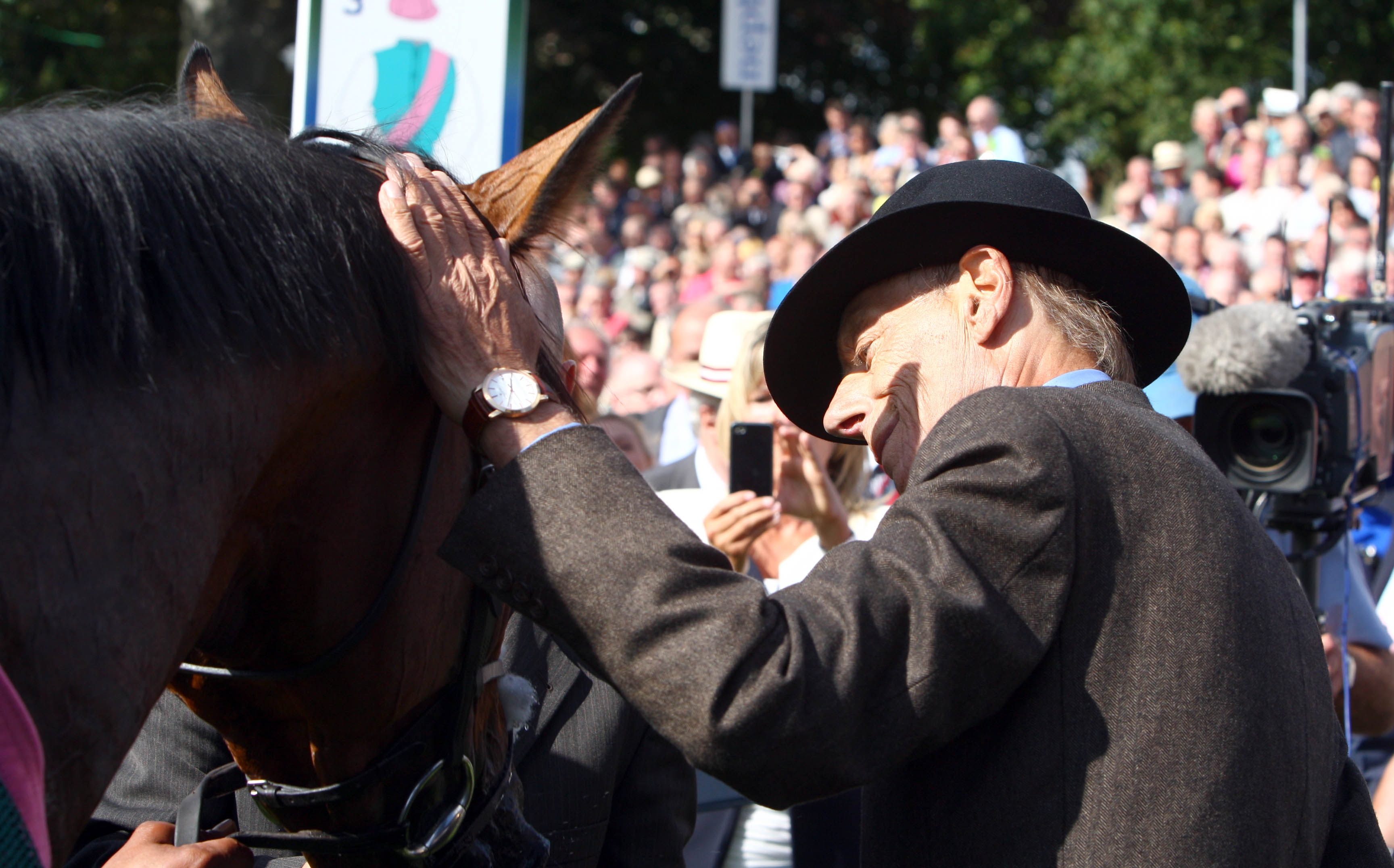
“But Henry adds, ‘We will do this but only on the condition that I can come and have a look at your mare Black Caviar.’ It’s a deal, so we set off. There was only Henry, myself and Angus there plus a couple of the lads in the yard. It was actually good because there were no media around.
“When we arrived, Henry had also pulled out Bullet Train [Frankel’s brother] and the two horses were having a pick out the back of the stable. After having a good look at Frankel, I got on the phone to my team at Jane Chapple-Hyam’s Abingdon Place and asked them to get ‘Nelly’ ready for us.
“When we got there shortly after, she was ready and waiting. Henry had a good look at her, too. It was a very touching moment that he had wanted to come and see her up close himself. I’d met Henry previously on a few trips over before and I just found it just very touching.
“I think the admiration I had shown for Frankel, he equally showed for my mare. We spoke about her, and her race, and he appreciated she was nowhere near her top.”
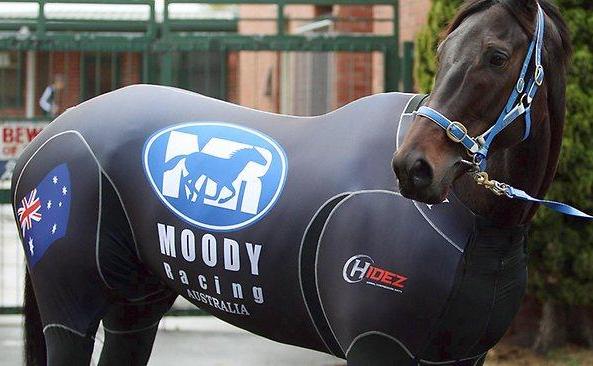 Famously, Black Caviar had worn a custom-made rubber suit on her flight to Britain, on advice that it might relieve some stress in travelling.
Famously, Black Caviar had worn a custom-made rubber suit on her flight to Britain, on advice that it might relieve some stress in travelling.
“We got talking about the rubber suit,” Moody adds. “I joked that part of the reason we put her in the rubber suit was that no bastard could see how rough she looked in the coat!
“Henry was very taken with her size and strength and depth of girth. I recall he was gob-smacked by the build of her for a mare.”
And what about Moody’s visit to Frankel? “What struck me was that he has a quality head on him,” he says.
“I was fortunate enough to have watched him previously from afar. I must say I was stunned when I watched him win the Queen Anne. I said: ‘Holy, bloody hell! What have we got here!? It was possibly the most awesome performance I had seen on a racecourse in my life. I had seen Makybe Diva win her third Melbourne Cup, but this was just awesome.”
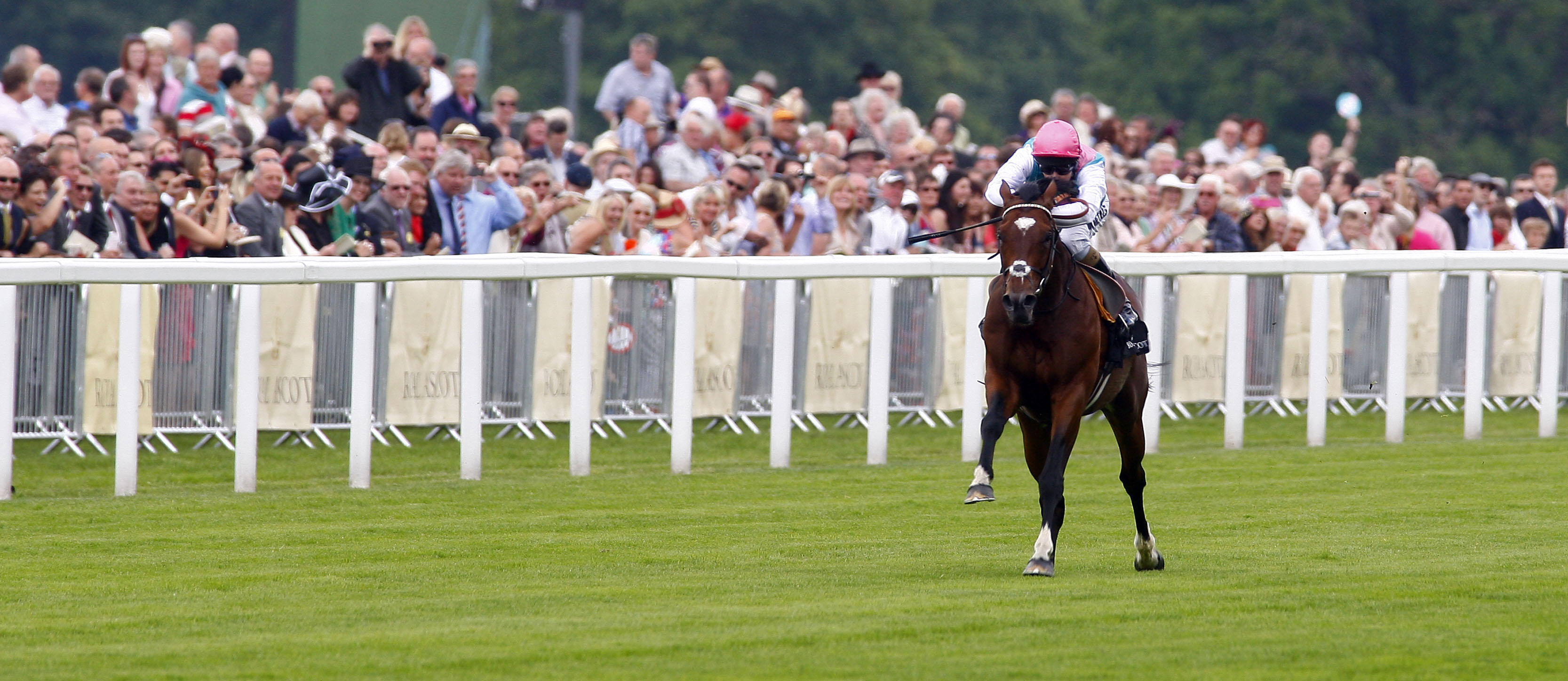
It is well-documented how Moody had been weighing up the option privately of scratching Black Caviar and returning home to Melbourne without running in the Diamond Jubilee.
Her dull coat was of great concern to the trainer. Was it the exertions of the long journey or something more sinister? In the video Black Caviar: Horse of a Lifetime, the various part-owners revealed they were unaware at the time how close the trainer had come to withdrawing the mare.
Moody carried the responsibility on his own shoulders alone. A gamble or a great horseman’s instinct? Or perhaps both? Whatever – it paid off.
“The courage she showed in winning that day was phenomenal,” Moody adds. “I think at the time we were all a little disappointed she didn’t win by three lengths with her head on her chest. But then we saw later that the second [Moonlight Cloud] came out and won five Group 1s in France subsequently. We might have understated the quality of the field.”
Frankel-Black Caviar: the tryst that never transpired
With Frankel and Black Caviar both in the same country at the same time — in the same town, Newmarket, even — there must have been serious temptation to organise a mating of the two champions.
“It would have been an unbelievably exciting mating,” says Moody. “But I do recall that at the time, there were genetic mating tests done, and I don’t know how much you read into it – some people do – but it wasn’t a terrific match.
“I know that Frankel-Black Caviar was a long way down the list of possible matings, and whether that played a part, a reason why it was never considered, I don’t know. As two racing products, it would have been a mating made in heaven.
“She’s been to I Am Invincible, Written Tycoon, Snitzel … I think like all of these good mares, it will probably come down to one of her daughters to carry on. That is quite often the case, in southern hemisphere racing, anyhow.
Summer Carnival proposal to attract overseas visitors
Nick Smith, Ascot’s head of racing and public affairs, spoke to Thoroughbred Racing Commentary in March to warn of what he described as ‘headwinds’ facing Ascot, and British racing in general, in trying to entice foreign runners.
Royal Ascot struggling for major international names as British racing faces ‘headwinds’
Smith remains ultra-keen in his quest to lure horses from overseas to the royal meeting every June and also other big races such as the King George VI and Queen Elizabeth Stakes in July.
But huge prize-money offered by the Middle East in the first three months of the calendar year has made that increasingly difficult. British racecourses simply don’t have money that is available to Dubai, Qatar, and most tellingly, Saudi Arabia.
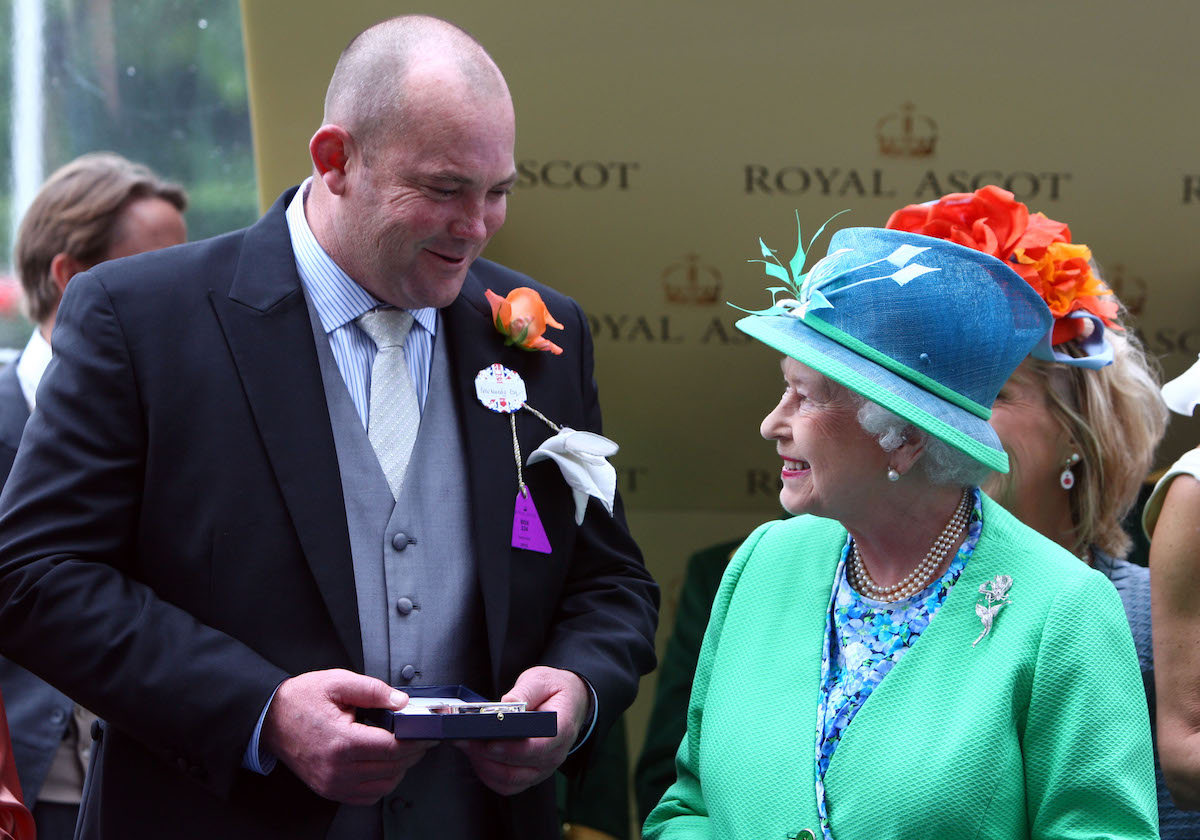 However, in searching for a solution, Smith believes a group of major racecourses, Ascot, Goodwood and York, can organise a British Summer Carnival, embracing the best racing in late July and August.
However, in searching for a solution, Smith believes a group of major racecourses, Ascot, Goodwood and York, can organise a British Summer Carnival, embracing the best racing in late July and August.
In banding together makes it attractive to a big backer (or partner) who can provide much needed funds to increase prize-money to competitive international levels, while fitting in with sponsorships already in place.
“The three obvious features are the King George at Ascot, the Sussex Stakes at Goodwood, and the Juddmonte International at York,” he says. “If promoted as a group, they can become stronger and more attractive.”
Peter Moody says he would love to bring horses back to race in Britain but prize-money is a stumbling block. “That’s what makes it so hard for us in Australia,” he says.
“Our prize-money is so good that it makes it hard for us to consider travelling overseas. Even considering northern hemisphere breeding, our colts get very little traction over there.”
Moody agrees that prize-money levels are a huge problem for British racing. “Time will be the only judge on how long it can be sustained,” he says. “I hope it can; I hope they’ve put something away for a rainy day.”
• Visit the Royal Ascot website
Seven Days in Racing: City Of Troy plans, Mystik Dan latest, Royal Ascot and more …
View the latest TRC Global Rankings for horses / jockeys / trainers / sires


